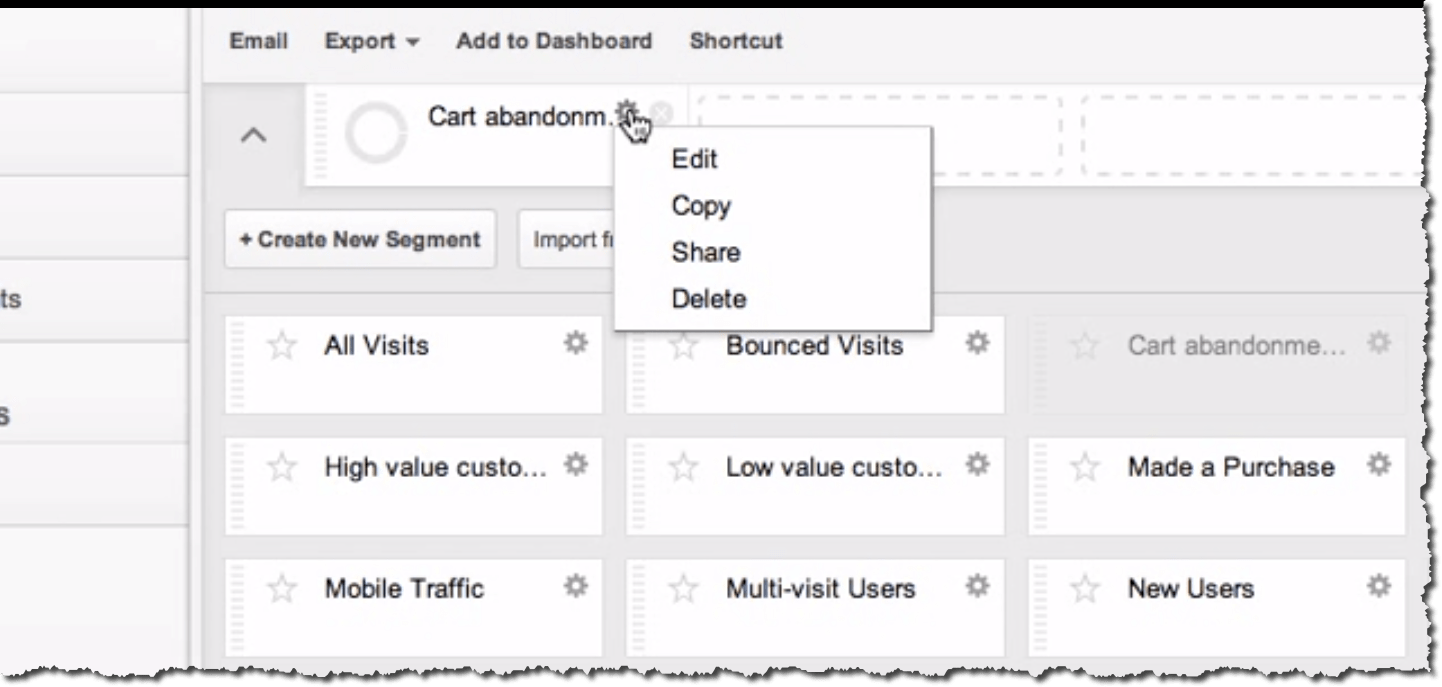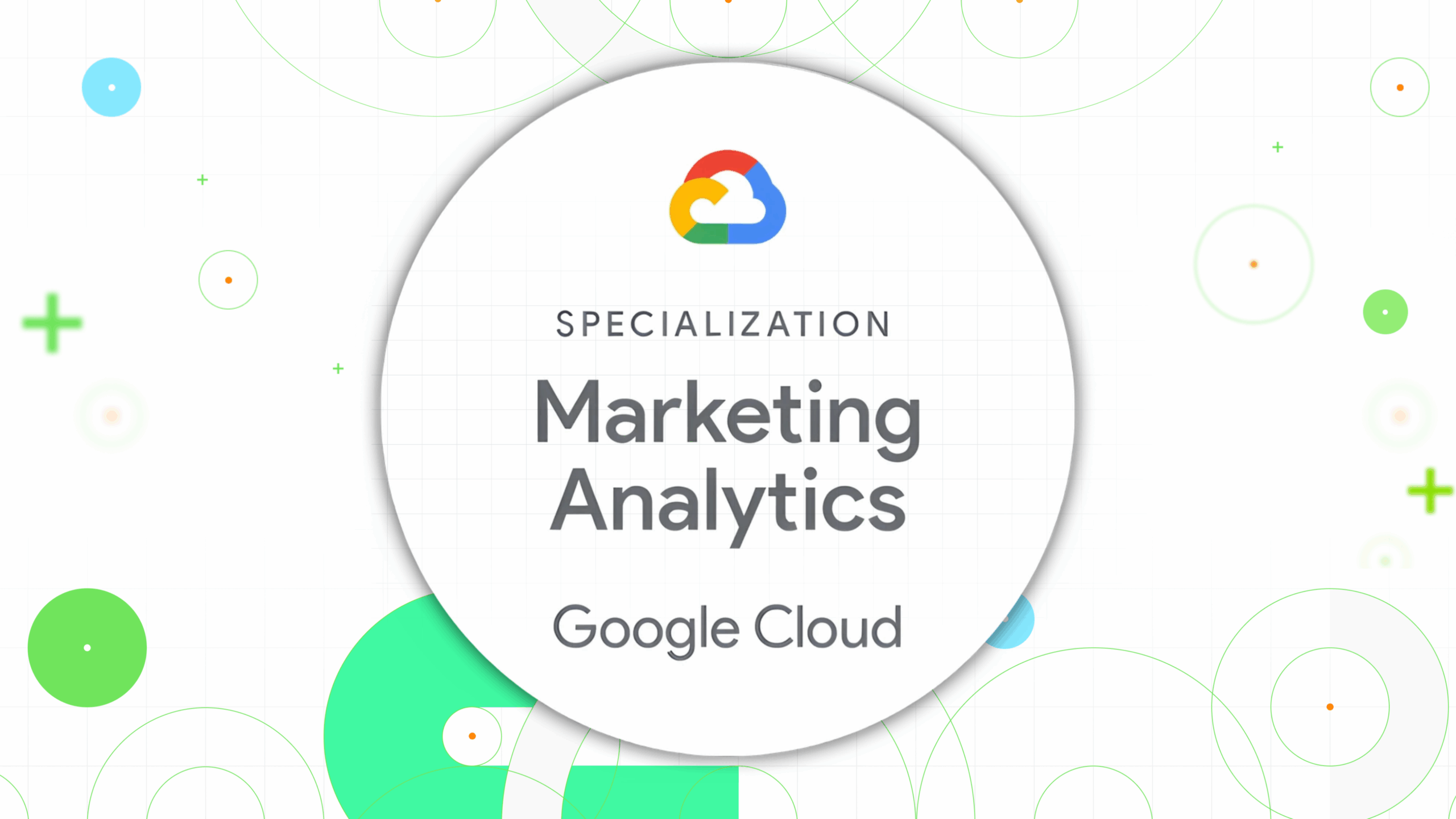How to get to know your customers better.

In marketing, it’s vital to know your customers and how they interact with your brand. You need to know what they buy, when they buy, how often, how much… But why?
Because if you know their habits and behaviours, you can tailor your marketing tactics and even personalise your customers’ journey. In doing so, you can maintain and even raise engagement between your customers and your brand.
So how do we do this?
Before thinking about any targeting strategies, you need to get to know your customers. If you have customer level data, a fantastic and efficient way to do this is to utilise segmentations. What is segmentation, I hear you say? Segmentation is simply splitting your customers into groups based on behaviours and demographic, which makes them easy to understand, ultimately enabling you to build better strategies and analysis.
There are countless customer segmentations, but a great place to start is with a Recency, Frequency, and Value (or Monetary) segmentation – also known as an RFV or RFM. This does exactly what it says on the tin – it labels each customer according to how recently they purchased something, how frequently they purchase products, and how much monetary value they have spent with your company.
How is this done?
Step 1
We calculate the values mentioned above for each customer.
Recency – How many days since their last purchase?
Frequency – How many times have they purchased in the chosen time period?
Value – How much have they spent with you?
Step 2
Once each customer’s values are calculated, we can then label them according to how well they are performing and how engaged they are. In the example shown here, 4 would be the lowest category and 1 the highest.
Step 3
The scores are then combined into a single score and the customers can then be grouped into segments. These groupings can be tailored according to the company’s needs but examples include loyal customers, new customers, customers at risk of churning (leaving), and more.
This information is invaluable. Once you know the sort of customer and where they lie in your segmentation, you can then create communication strategies that are tailored to each group. Having these bespoke strategies enables you and your brand to really engage with your customer on a new level. It is also possible to refresh the segmentation periodically. This gives the opportunity to track the potential movement of customers across the segments, with the goal of getting them into segments associated with more engaged and higher performing customers.
Overall, an RFV is a fantastic tool to have, but it’s just the beginning. RFV segmentations can be made even more powerful by being used alongside other segmentations and models. These include analysing churn, lifetime value, utility, discount elasticity, price elasticity, and more.
Contact us at Hello@measurelab.co.uk and see if Measurelab can support you with leveraging your own marketing data to gain insights and understanding, helping you get more from your customers and your data.
Subscribe to our newsletter:
Further reading

Cart Abandonment Segments – GA Screencast

Webinar: Meet Dataform, the smart solution to fragile SQL setups
